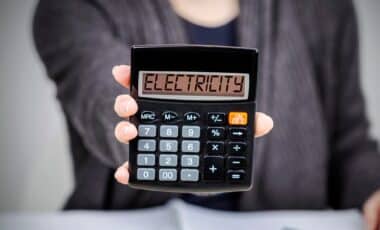Australia is embarking on a new phase in its solar revolution, with the introduction of a $2.3 billion federal rebate aimed at making solar battery systems more accessible. The Cheaper Home Batteries Program promises a 30% discount on battery installations, offering households the opportunity to cut their electricity bills and make use of clean energy storage.
This new initiative, which focuses on providing rebates for homes with solar panels, comes as electricity prices continue to rise, making energy storage more appealing. The rebate is expected to ease pressure on Australia’s power grid, while helping homeowners store solar energy for later use, particularly during peak evening periods.
How Does the Rebate Work?
The rebate applies to solar batteries with capacities between 5 and 50 kilowatt-hours (kWh), and homeowners are limited to one system per house.
The discount is proportionate to the battery size, with no dollar cap, meaning the larger the battery, the greater the discount. The program is already seeing increased demand, with many comparing its potential impact to the solar panel boom of the late 2000s.
The idea behind this scheme is simple: A battery stores surplus solar energy generated during the day, which can then be used when power consumption is highest, such as in the evening.
This reduces reliance on the grid, cuts electricity bills, and provides an additional layer of backup during blackouts. According to experts, a well-sized battery could reduce power bills by up to $1,000 annually, in addition to savings already gained from solar panels.
Choosing the Right Battery: Key Considerations
While the rebate is a welcome relief, experts caution that choosing the right battery is crucial for maximising savings. Many households may be tempted to opt for smaller, cheaper systems to see a quicker return on investment.
However, a battery with too little storage may drain before the evening ends, forcing homeowners back onto the grid and leading to higher bills.
Finn Peacock of SolarQuotes advises that investing in a larger system, capable of covering an entire night’s worth of energy use, is the better long-term option. Larger batteries also make it easier to achieve near “zero bills,” where dependence on the grid is minimal.
Additionally, some strategies, such as replacing gas appliances with electric ones or using the storage cells to pre-cool or pre-heat the home before peak hours, can help maximise the battery’s efficiency.
For homeowners unsure about which system to choose, tools like the SunSPOT calculator, developed by the Australian PV Institute, allow users to estimate savings based on their individual solar setups. Moreover, trusted installers can provide tailored recommendations based on a household’s specific energy needs.









